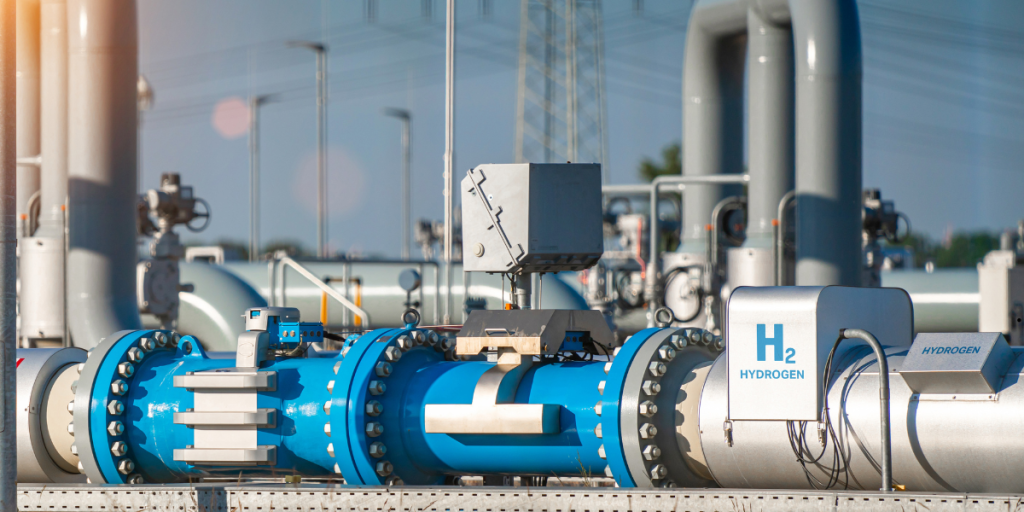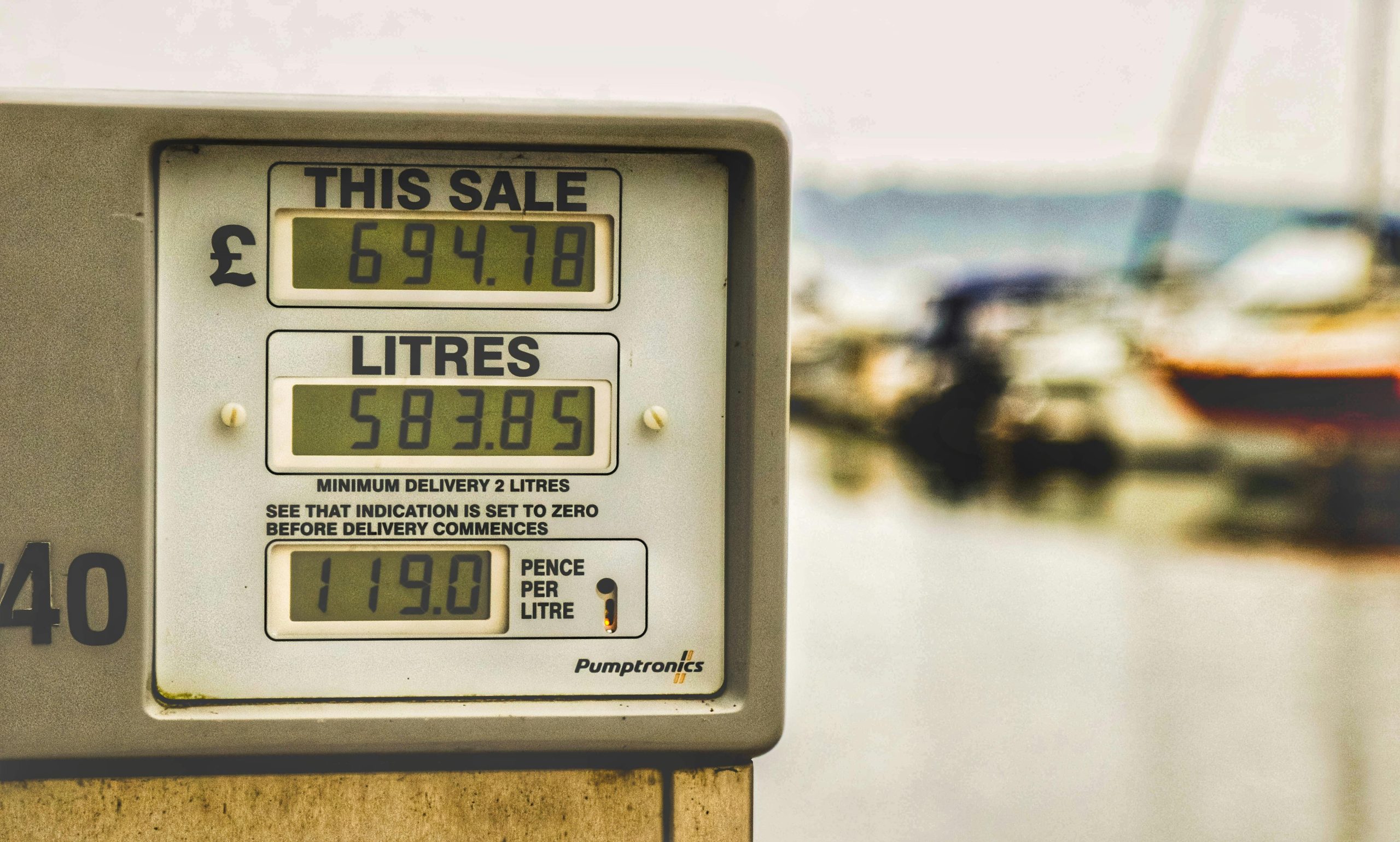Hydrogen Power: Driving the Future of Clean Transport
Hydrogen power is one of the most promising clean energy solutions, but what exactly is it? In simple terms, hydrogen power uses hydrogen as a fuel—most often in fuel cells—to produce electricity, with water vapor as the only emission. This article explores how hydrogen power works, why it matters for transportation, its benefits, challenges, and the exciting innovations shaping its future. Whether you’re curious about how hydrogen can power a car, bus, train, or even an airplane, you’ll find answers here.

Why Hydrogen Power is the Fuel of Tomorrow
Hydrogen is the universe’s most abundant element, offering a unique blend of sustainability, efficiency, and versatility. When used in a fuel cell, hydrogen reacts with oxygen to generate electricity, emitting only water vapor and heat.
Key advantages include:
Zero emissions: No CO₂ or harmful pollutants.
High energy density: More energy per unit weight than gasoline or diesel.
Fast refueling: Similar to filling a petrol tank, unlike long EV charging times.
Versatility: Suitable for cars, buses, trucks, trains, ships, and aircraft.
Local production potential: Can be made with renewable energy sources like solar or wind.
Current Applications of Hydrogen Power in Transportation
Automotive Innovations
Leading automakers are investing in fuel cell electric vehicles (FCEVs):
Toyota Mirai – Advanced fuel cell design and long range.
Hyundai Nexo – Combines sustainability with modern driving features.
Honda Clarity Fuel Cell – Continues to push FCEV technology forward.
Public Transport Transformation
Hydrogen Buses – Used in London, Amsterdam, and Chinese cities to cut emissions.
Hydrogen Trains – Alstom’s Coradia iLint operates in Germany and other EU countries.
Aviation’s Next Frontier
Airbus ZEROe – Plans for hydrogen-powered aircraft by 2035.
ZeroAvia – Developing hydrogen-electric engines for smaller planes.
Challenges Facing Hydrogen Power
Infrastructure Gaps
A robust network of hydrogen refueling stations is still developing, requiring significant investment and public–private collaboration.
High Production Costs
Hydrogen production, especially green hydrogen, is more expensive than fossil fuels, though costs are dropping with new technology.
Storage & Transport Issues
Hydrogen requires advanced high-pressure or liquid storage solutions.
Public Awareness
Misinformation and low familiarity slow adoption—public education is key.
The Rise of Green Hydrogen
Green hydrogen, made via electrolysis powered by renewables, offers a truly carbon-neutral solution. Countries are investing heavily in green hydrogen projects to reduce dependence on fossil fuels.
Learn more about renewable hydrogen production from the International Renewable Energy Agency.
How You Can Support the Hydrogen Future
Stay informed about hydrogen developments.
Advocate for clean energy policies.
Consider FCEVs when buying a vehicle.
Support companies producing green hydrogen.
Recommended Reading
Conclusion
Hydrogen power isn’t just a clean alternative—it’s a key player in reshaping global transportation. With the right investments and public support, it could fuel a future where our mobility is sustainable, efficient, and emission-free.
Ready to be part of the hydrogen revolution? Share your thoughts on hydrogen power and explore ways to integrate clean energy into your daily life.






